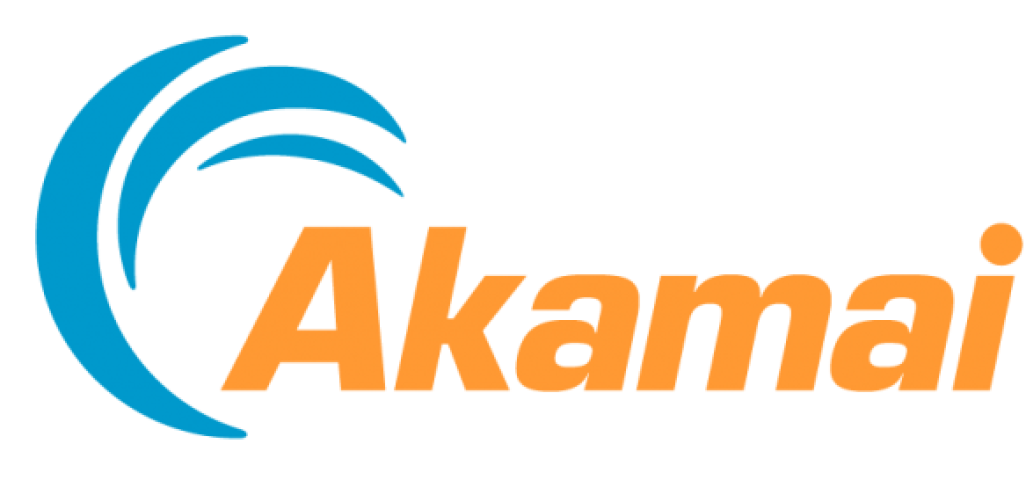
Overcoming OpenStack Obstacles for vCDN at the Edge

Akamai and Wind River have collaborated to provide a validated, joint solution for virtual CDN services delivered with the reliability, scalability, and edge-optimized footprint that are required for cost-effective deployments in telecom networks.
As the competition for viewers continues to heat up, and business and technical pressures escalate for Communication Service Providers (CSPs), scaling delivery of high-audience, high-quality video is becoming, and will continue to become more difficult and more expensive. For most CSPs, it will be suboptimal to deploy dedicated servers for CDN caching throughout their network footprint because the average-to-peak utilization ratio gap continues to grow when compared to public CDNs. The migration towards virtualized infrastructure-as part of a CSP’s transformation journey in support of NFV/SDN, Edge Computing, 5G, etc.-has the potential to address these challenges, as cache capacity can be deployed on demand, both centrally and deeper towards the network edge, to meet the needs of peak events. The net result will be an increased ability to horizontally scale CDN resources needed to optimize video delivery, and possibly other content, in a more granular and efficient fashion, with reduced infrastructure costs, and the significant reduction in the time required to do so.
Since 2012 Akamai has driven efforts to operationalize CDN technologies on virtualized infrastructure. Indeed, these early efforts lead to the proof-of-concept that was used as a foundation for the CDN use case described in the original NFV White Paper [1]. It was always envisioned that on such infrastructure a virtualized CDN (vCDN) could catalyze good video Quality of Experience (QoE) benefits while arriving at a Total Cost of Ownership (TCO) well below that of deploying physical CDN appliances–for more details please see our recent vCDN white paper titled, “The Case for a Virtualized CDN (vCDN) for Delivering Operator OTT Video“.
For their part, Akamai’s Aura Licensed CDN (LCDN) developers have thus far focused their efforts in three key areas:
- Virtualization Infrastructure compatibility: Ensuring the vCDN is operational with different hypervisors (KVM, Xen, VMware) and virtual infrastructure managers (OpenStack, OpenNebula, vSphere, etc.)
- Virtualization Performance enhancement: Leveraging SR-IOV functionality, for example, to mitigate known or suspected performance issues in software-based virtualization environments as well as other Enhanced Platform Awareness features
- MANO Ecosystem enablement: Defining CDN lifecycle APIs such that various “orchestration” solutions can dynamically instantiate CDN components on NFV Infrastructure (NFVi)
This work was done in anticipation of CSPs-as part of their NFV/SDN transformation journey-deploying CDN functionality onto highly distributed NFVi.
During this timeframe, OpenStack emerged as the de facto NFVi standard, despite warnings from some in the industry that OpenStack would have to overcome numerous obstacles [2] before it could be used in the manner envisioned by the original NFV White Paper. For this reason, Akamai welcomes the recent advancements [3] by Wind River and their Titanium Cloud virtualization software platform for the related use case of vCPE [4]. Moreover, Wind River contributes technologies from their Titanium Cloud platform to the OpenStack StarlingX open source project [5], a key requirement for success within the OpenStack community for general adoptions. Akamai and Wind River recently joined forces to arrive at a vCDN solution that can be deployed in the reliable, secure, and flexible manner needed by CSPs to realize good QoE even in the presence of highly dynamic viewership spikes, with the goal of arriving at a TCO that’s lower than CDN solutions deployed on dedicated physical servers.
With a strong combination of CDN expertise, its LCDN product, and partnerships, Akamai is looking forward to enabling broader adoption of vCDN by CSPs to address the growing pressures of delivering high-quality video services. For more detail on leaping over OpenStack obstacles towards the vCDN goal, please read the joint solution brief titled “Akamai and Wind River: Flexible vCDN-Based video Delivery for A Highly Dynamic Audience” and Wind River’s blog post, “Virtual CDN (vCDN) for Optimal CSP Video Delivery“.
References
[1] Network Functions Virtualisation – Introductory White Paper
[2] BT Says OpenStack Still Not Up to Spec
[3] Overcoming OpenStack Obstacles in vCPE
[4] Wind River Systems Titanium Cloud
[5] StarlingX: A fully featured cloud for the distributed edge
Blog post originally published at the Akamai blog.